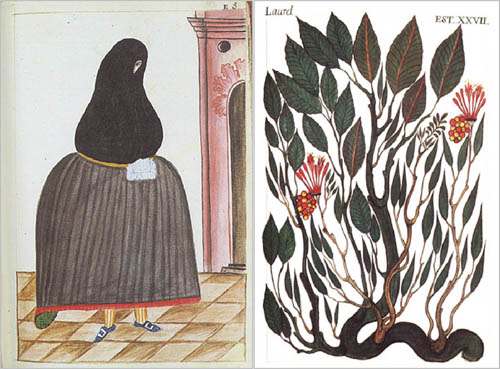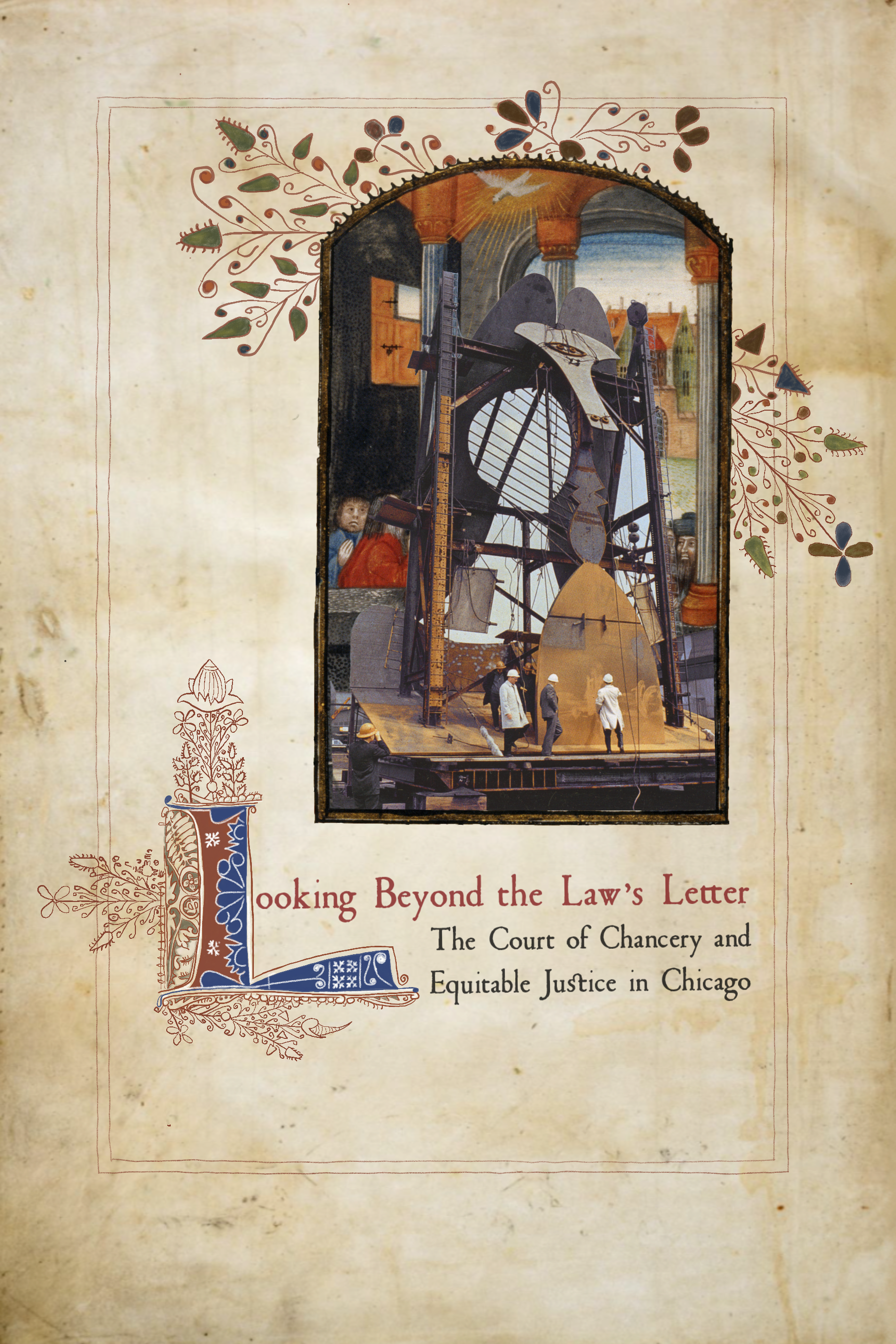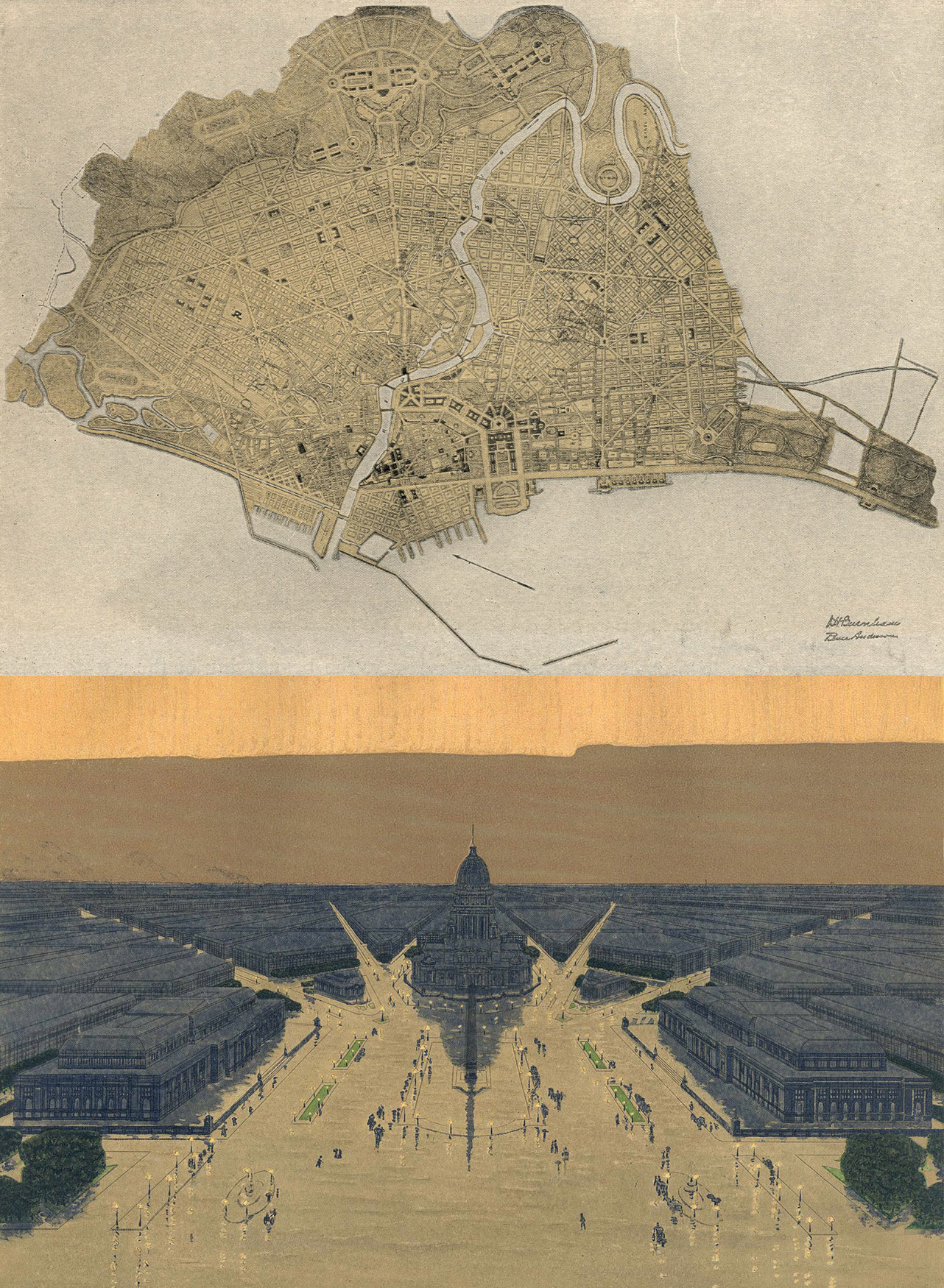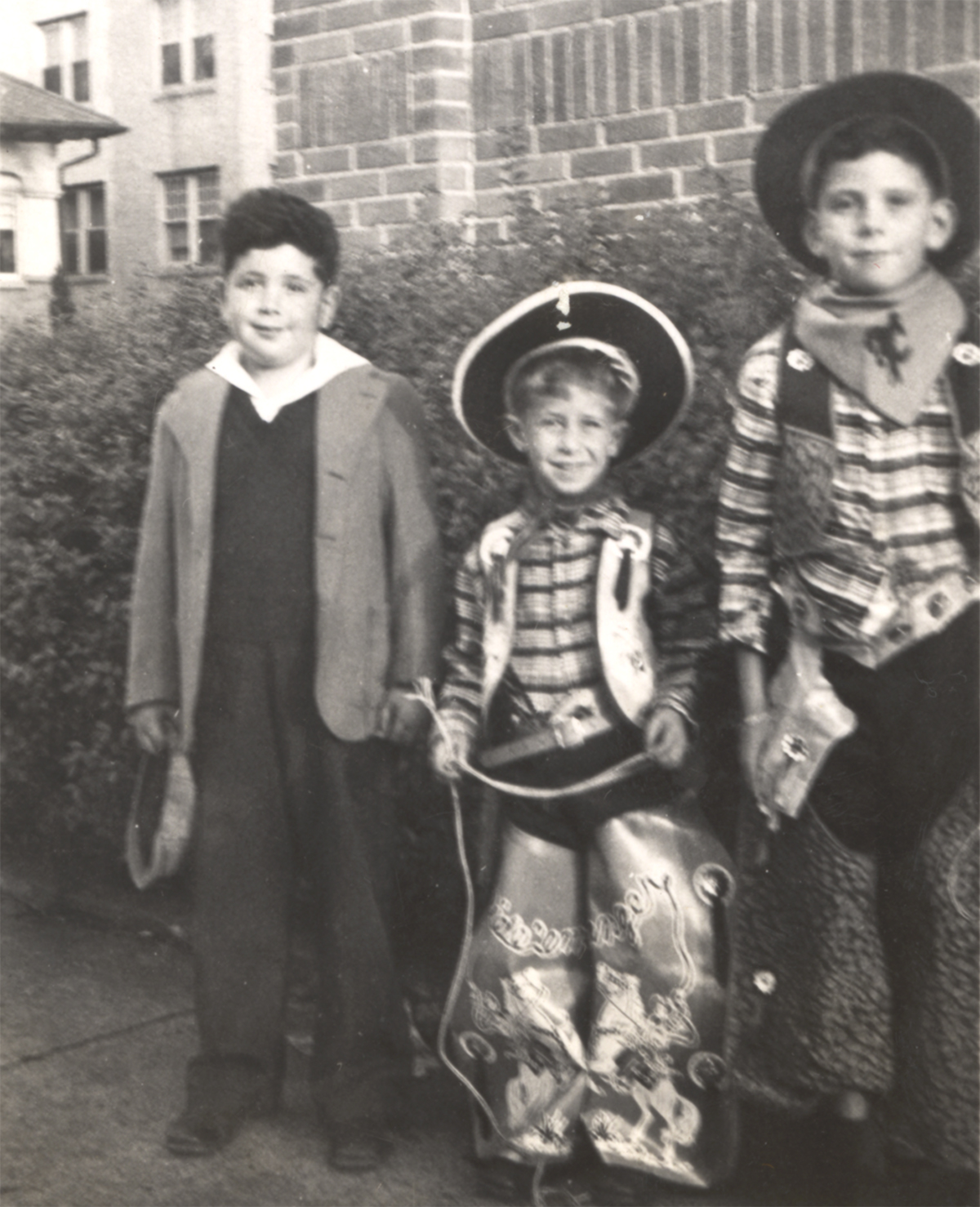something to send home
As an interdisciplinary historian studying lawmakers and cultural brokers, I have a special affection for this lavishly illustrated nine-volume codex of eighteenth-century Peru, sent home to the King of Spain by Baltasar Jamie Martínez Compañón, aka the Bishop of Trujillo. The Bishop, who studied philosophy, law, and music prior to his ordination, was a religiopolitical reformer deeply engaged in state administration. Assigned to a troubled region to promote a progressive Bourbon agenda, his utopian plans largely failed to materialize. But in these illustrated volumes—possibly by indigenous artists—the locals appear as church-going, coat-wearing, and profit-producing plebians. The images of Peruvian flora are unprecedented in scope and visual richness. Twenty musical scores are also included.*
The Biblioteca Virtual Miguel de Cervantes has digitized practically all of the codex images. See also Emily Berquist’s excellent article cited below. In case your Spanish is non-existent, here’s enough information to get you into the collection:
Links to the Trujillo del Perú volumes, and a (very rough) translation of the subjects covered follow below. Volume thumbnails are available below each image if you volver al indice or you can leisurely browse siguiente or anterior images:
- Portraits, maps and plans
- Life and customs
- Vegetables
- Fruit trees, palms, flowers, and herbal fruits
- Medicinal herbs
- Four-legged animals, reptiles, and insects
- Birds
- Fishes of all species, amphibians, and mollusks
- Peru’s indigenous past
* Emily Berquist, “Bishop Martínez Compañón’s Practical Utopia in Enlightenment Peru,” 64 The Americas 377 (January 2008).”Trujillo del Peru in the 18th Century,” Palmeras y Jardines.
“Español con manto,” (v. II, e. 5) and “Laurel diferente,” (v. III, e. 27), Trujillo del Peru, Manuscritos de América en las Colecciones Reales, Patrimonio Nacional, Spain



